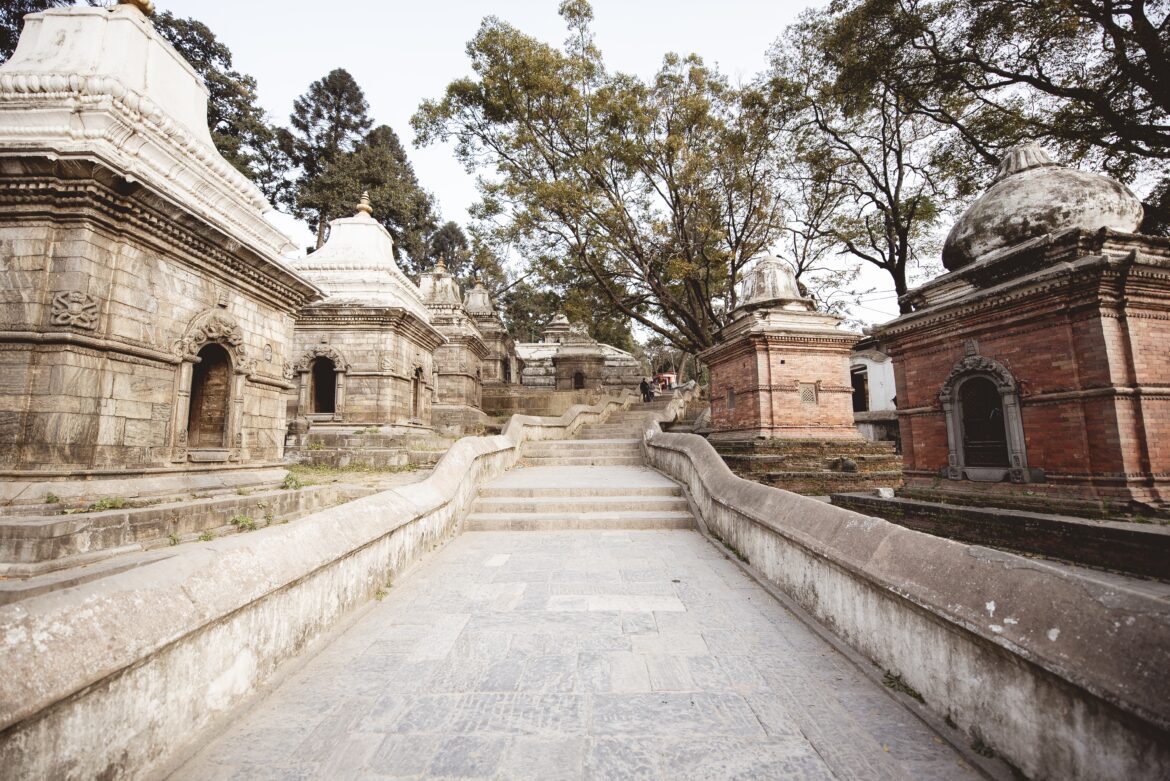Vietnam, a country with amazing natural beauty and a rich cultural legacy, is home to a plethora of historical sites that tell the stories of ancient civilizations and civilizations that once flourished on its fertile land. Exploring these historical monuments, from majestic temples to intriguing ruins, allows us to journey back in time and immerse ourselves in Vietnam’s fascinating history. In this blog, we will take a tour of some of Vietnam’s most fascinating historical landmarks.
My Son Sanctuary – A Spiritual Marvel:
My Son Sanctuary, located in central Quang Nam Province, is a UNESCO World Heritage site and a testimony to the Cham culture, which flourished between the 4th and 13th centuries. This sacred complex is a collection of Hindu temples dedicated to Lord Shiva that showcase the Cham people’s building prowess. Despite the effects of battle and time, the beautiful sculptures and massive structures continue to enchant tourists.
Hoi An Ancient Town: A Place of Timeless Beauty:
The picturesque village of Hoi An, which is also a UNESCO World Heritage site, captivates visitors with its well-preserved architectural ensemble. Hoi An’s alleys, which were once a bustling international commercial port, are studded with historic shophouses, Chinese temples, Japanese bridges, and French colonial buildings, creating a fascinating blend of cultures and history. The village comes alive with colorful lanterns as the sun sets, creating an amazing ambiance that takes you to a bygone period.
The Imperial City of Hue – A Royal Legacy:
The Imperial City of Hue, located along the banks of the Perfume River, served as the political and cultural center of Vietnam’s last imperial rulers, the Nguyen Dynasty. The complex, which is surrounded by high stone walls and features elaborate palaces, temples, and pavilions, depicts the grandeur of Vietnam’s regal past. Despite the ravages of time and conflict, the site has been restored, allowing visitors to witness the Nguyen Dynasty’s architectural brilliance.
Cu Chi Tunnels – A Symbol of Resilience:
The Cu Chi Tunnels, located in Ho Chi Minh City, provide a unique view into the Vietnam War and the Vietnamese people’s creativity. During the war, the Viet Cong guerrillas used these sophisticated underground tunnels as hiding places, communication routes, and supply depots. Exploring the tunnels gives a look into the obstacles experienced by the soldiers and displays the Vietnamese people’s steadfast spirit throughout difficult times.
Thang Long Imperial Citadel – A Window to Vietnam’s Past:
The Thang Long Imperial Citadel, located in the centre of Hanoi, was formerly the political capital of ancient Vietnam. The site contains artefacts and structures from numerous dynasties dating back over a thousand years. You’ll get a taste of Vietnam’s rich cultural heritage as you explore the ruins of historic palaces, gates, and temples.
Conclusion:
Uncovering the historical sites of Vietnam is a journey through time, revealing the stories of civilizations that have left an indelible mark on the country’s heritage. From sacred temples to old trading ports and wartime tunnels, each place exemplifies the Vietnamese people’s perseverance, innovation, and fortitude. We acquire a deeper understanding of the vibrant history and culture that continue to impact Vietnam’s present and future as we immerse ourselves in these ancient beauties. So, if you’re looking for history and adventure, Vietnam should be your next destination, and let the ancient wonders reveal their secrets to you.

